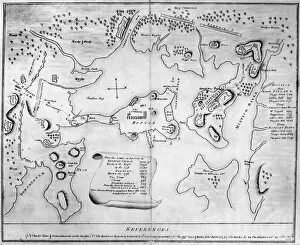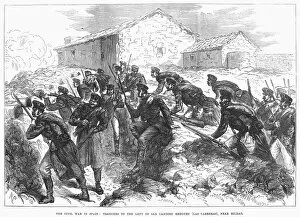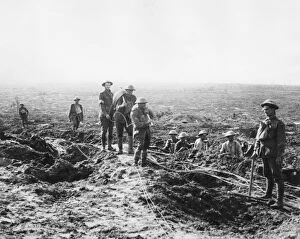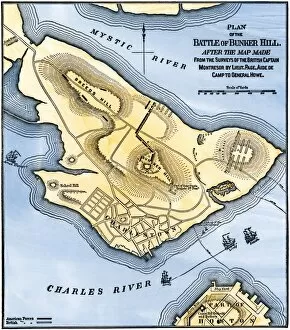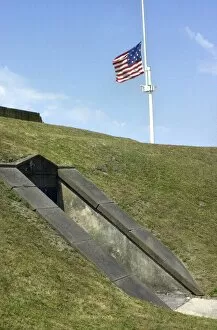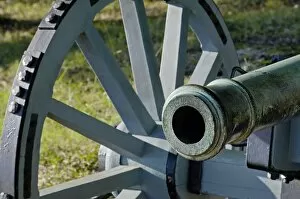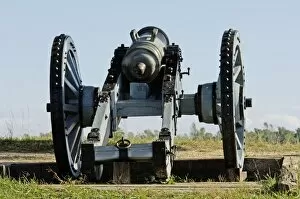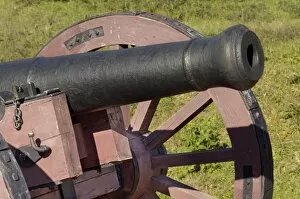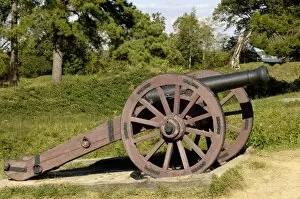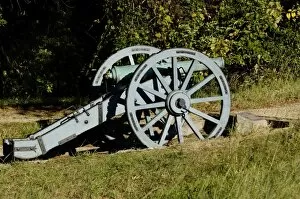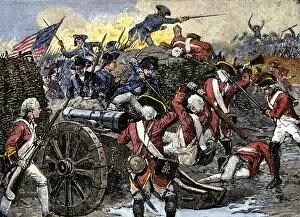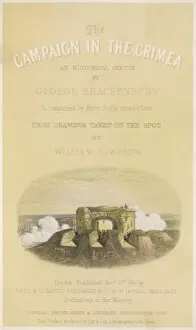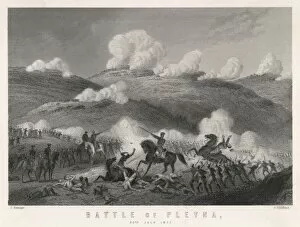Redoubt Collection (#4)
"Redoubt: A Symbol of Resilience and Defiance Across History" From the Battle of the Wilderness during the Civil War in 1864 to the Hohenzollern Redoubt in World War I
For sale as Licensed Images
Choose your image, Select your licence and Download the media
"Redoubt: A Symbol of Resilience and Defiance Across History" From the Battle of the Wilderness during the Civil War in 1864 to the Hohenzollern Redoubt in World War I, redoubts have played a significant role in warfare throughout history. These fortified structures served as strategic strongholds, offering protection and resistance against enemy forces. In the Crimean War's Siege of Sebastopol, a redoubt stood tall amidst chaos and destruction. Its sturdy walls became a symbol of resilience for those defending their homeland. Similarly, soldiers fighting on the Somme Battlefield in World War I relied on trench maps that highlighted crucial redoubts like Hohenzollern to navigate through treacherous terrains. Beyond military significance, redoubts have also left their mark on cultural landscapes. The Redoubt Music Gardens in Eastbourne, East Sussex stands today as an enchanting venue where melodies fill the air and memories are made. During WWII's early days in September 1939, circular sandbag redoubts dotted coastlines as defensive measures against potential invasions. These humble yet vital structures represented determination and preparedness during uncertain times. Even after conflicts ended, remnants remained to tell stories of valor and sacrifice. In Charleston Harbor's abandoned Fort Johnson lay a discarded Confederate mortar from 1865—a poignant reminder of battles fought long ago. The Bayeux Tapestry captures another historical moment when English soldiers turned away from battle upon King Harold's death. Amongst its intricate wool embroidery lies evidence of a formidable redoubt that once guarded these lands with unwavering loyalty. Artistic depictions further immortalize these fortifications' significance; James Grant's painting "Fletcher's Defence of the Redoubt at Tanjore" showcases bravery amid conflict during c1891—an homage to those who valiantly defended their positions.


